Where is a woman’s place?
Six women share how they’ve defied discrimination and negative attitudes to define their own place in society.
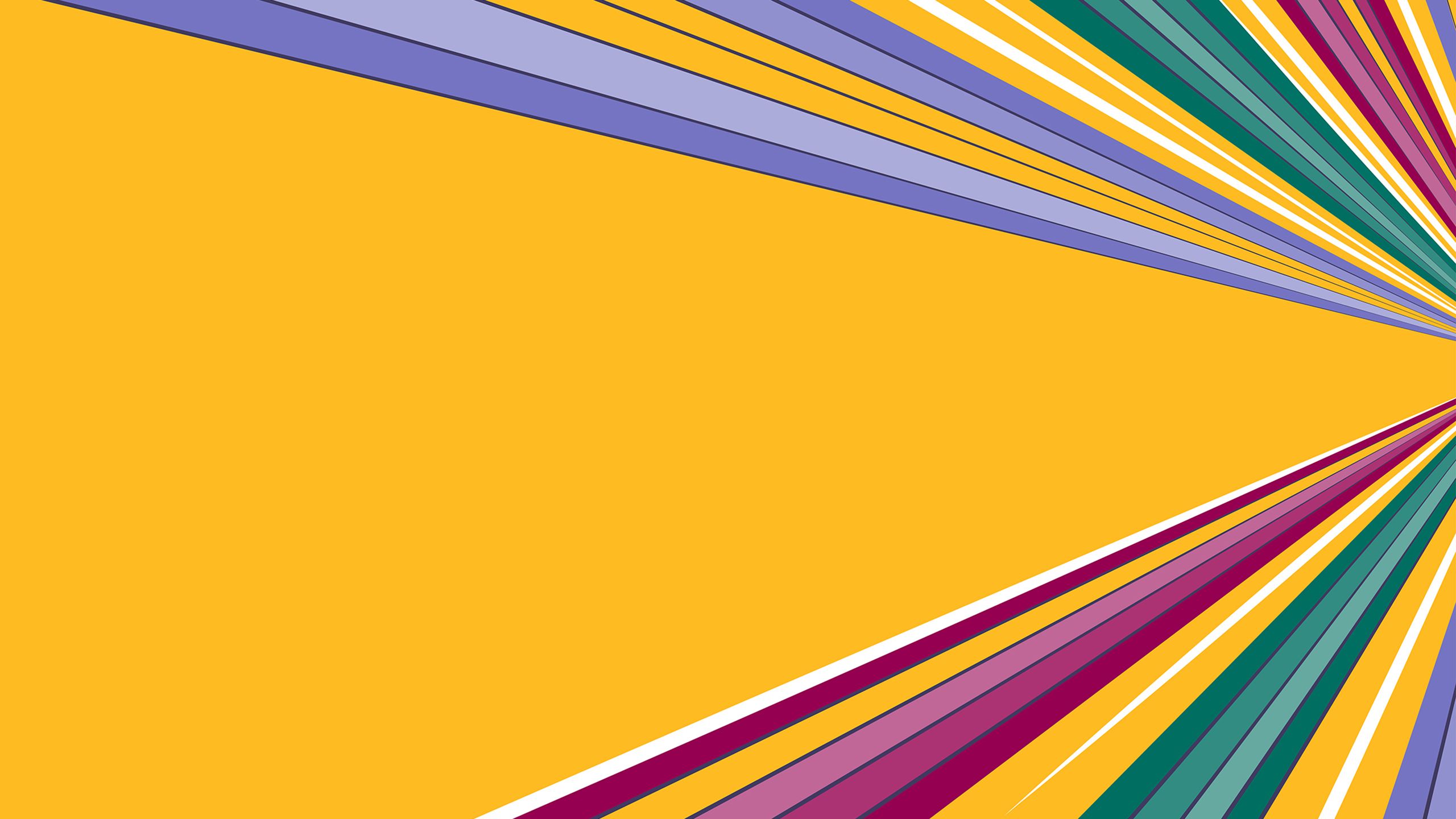
Right now in Kenya, on a farm nestled in the rolling hills surrounding Lake Victoria, Jane is putting her hands through the fertile soil, harvesting sorghum wheat.
In Pakistan, Abia is about to speak to government ministers at a meeting about the rights of women and girls with disabilities. Sarah is beginning her day at her kitchen table, reading the news in the comfort of her home in Tanzania.
From their offices, with the background noise of the early morning Accra and Kaduna traffic, Gertrude in Ghana and Joy in Nigeria take a moment to breathe before they each begin a day full of meetings. And Reya is walking with a friend through the National University of Bangladesh’s campus after finishing her final lecture of the day.
What do these six women, from vastly different backgrounds and locations, have in common? At one point in their lives someone told them what their place in society should be and how little they should expect to achieve in life. But each of them refused to be defined by discrimination and negative attitudes. They decided to choose their own paths and tell a radically different story.
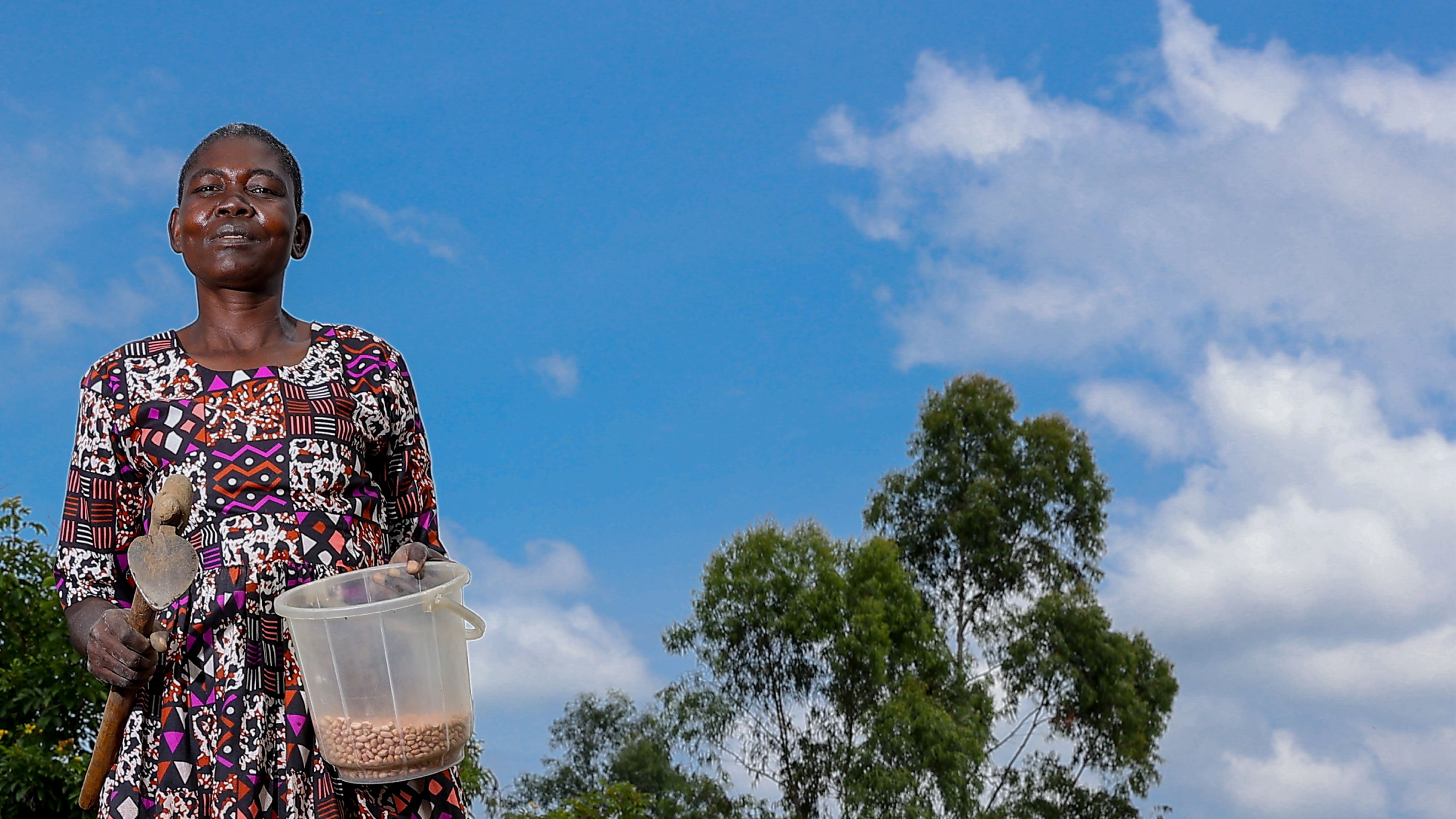
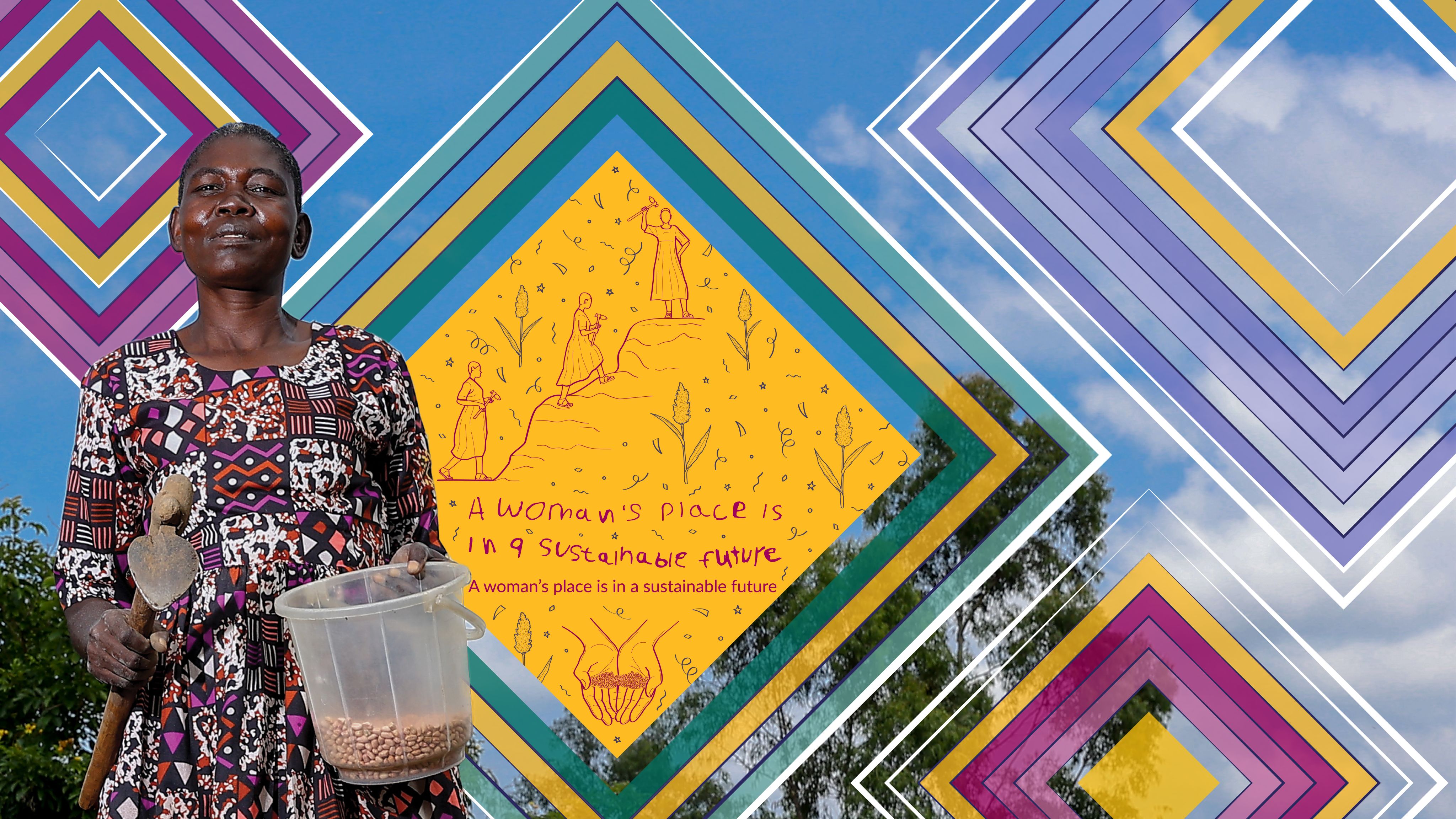
“A woman’s place is in a sustainable future”
Jane’s story
You’ll often find Jane singing while she farms sorghum wheat on her property in Homa Bay, Kenya. She’s faced a lot of challenges in her life and has a huge amount of responsibility within her family.
But being part of the Global Labor Program (part of the Inclusive Futures disability inclusion initiative, led by Sightsavers) has helped her gain stability and greater financial independence. Jane’s now part of East Africa Breweries Limited’s supply chain and farms sorghum to be used in their production of beer.
“I am not able to walk fast or do things such as go to the market or cook with agility and I can’t plough the land fast. My leg had a fracture – sometimes it doesn’t allow me to go long distances and if I’m farming, I can’t do it for a long time. If I persist, it swells and becomes painful.
“I have seven children. My husband is sick; he has a heart problem, so I’m the one taking all the responsibility.
“Sorghum farming has helped me a lot. I can [pay school fees], take my children to school and sell or eat what’s left over from the harvest. People in this village have embraced it well. It’s brought a lot of change in the community.
“It has really changed our lives and we are living a good life. Since I got into this programme, I’ve seen that my burden has been eased. It has brought me from one level in life, to another level.
“What gives me pride, as a woman, is that I am in my home with my children. I take care of my home and my people."
Watch Jane tell her story
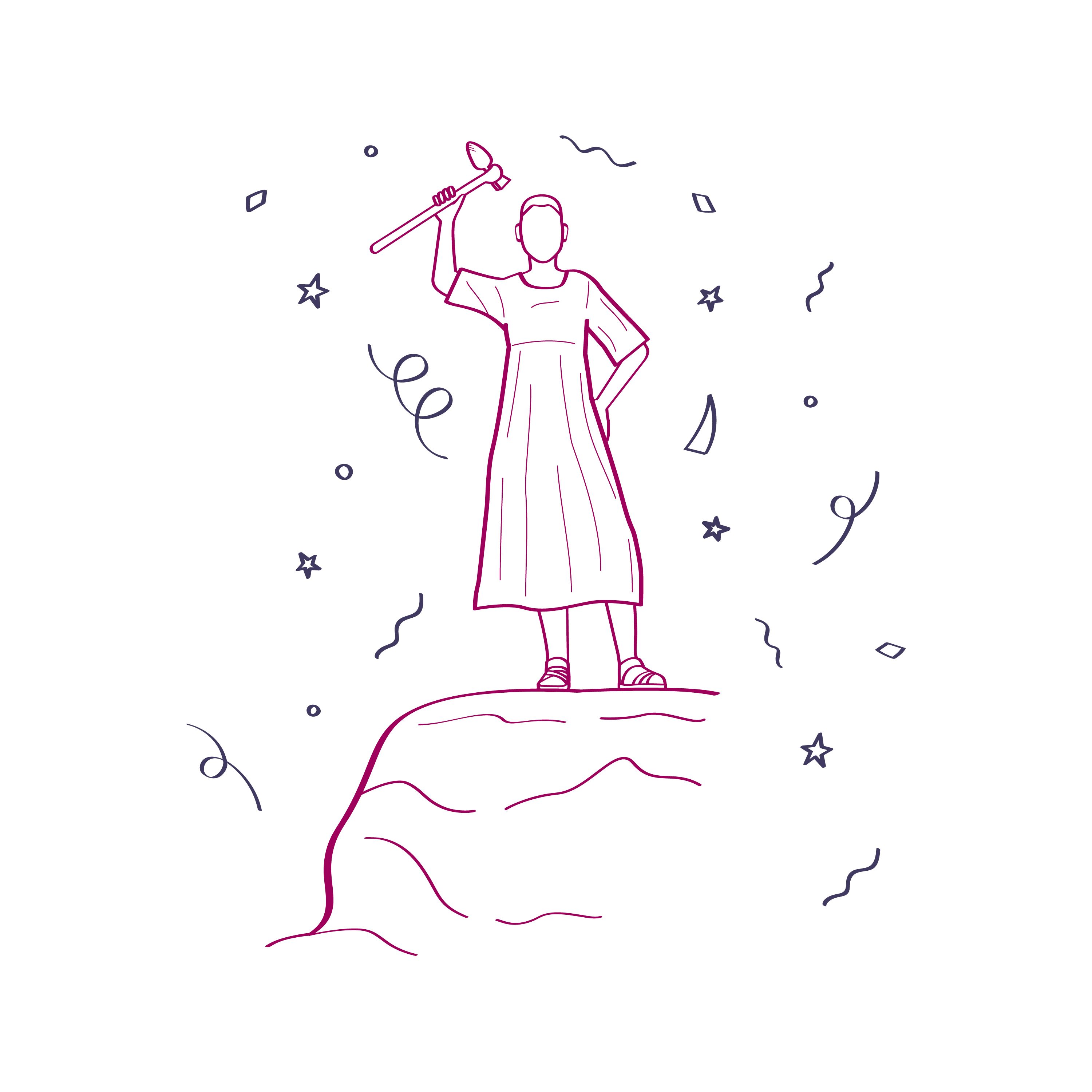
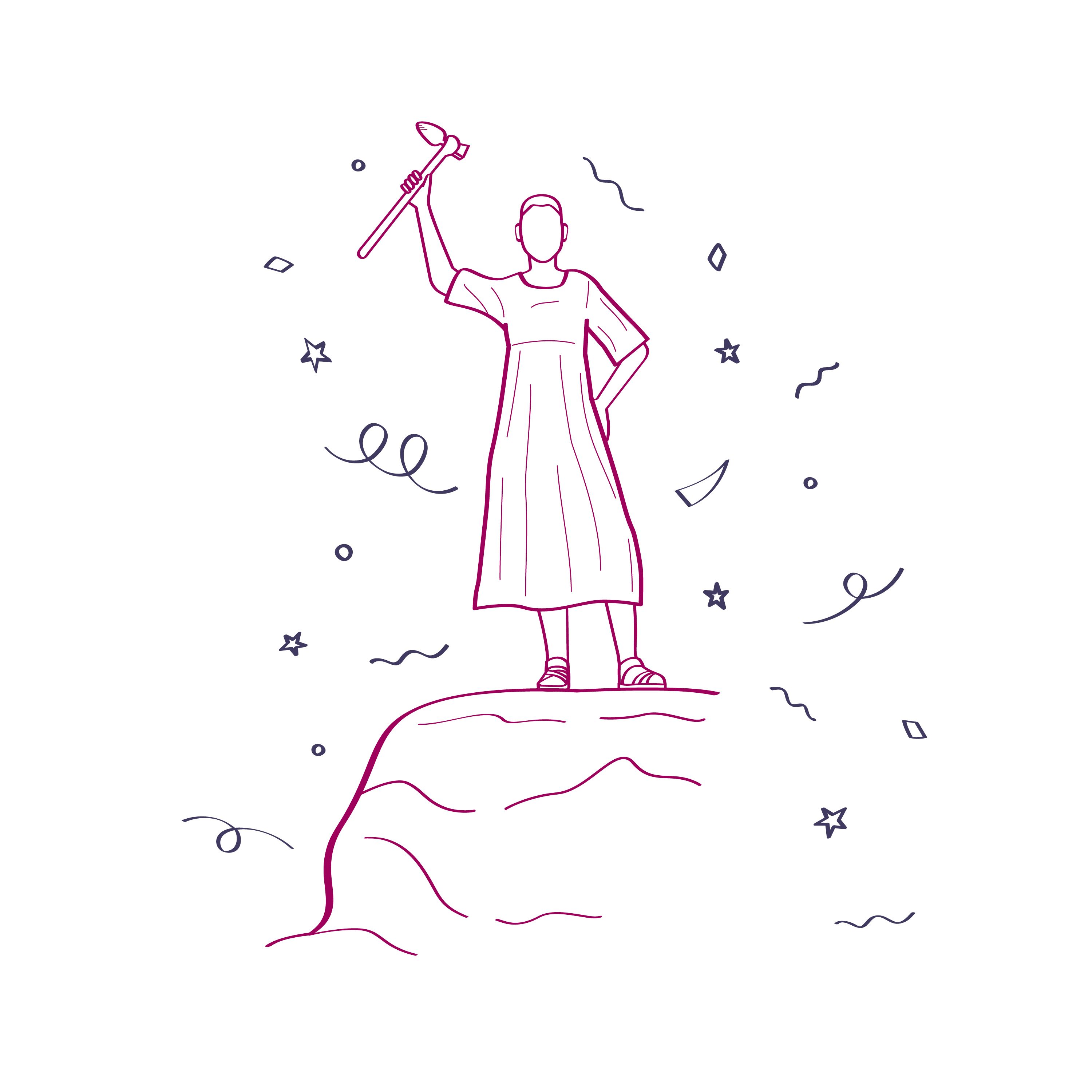

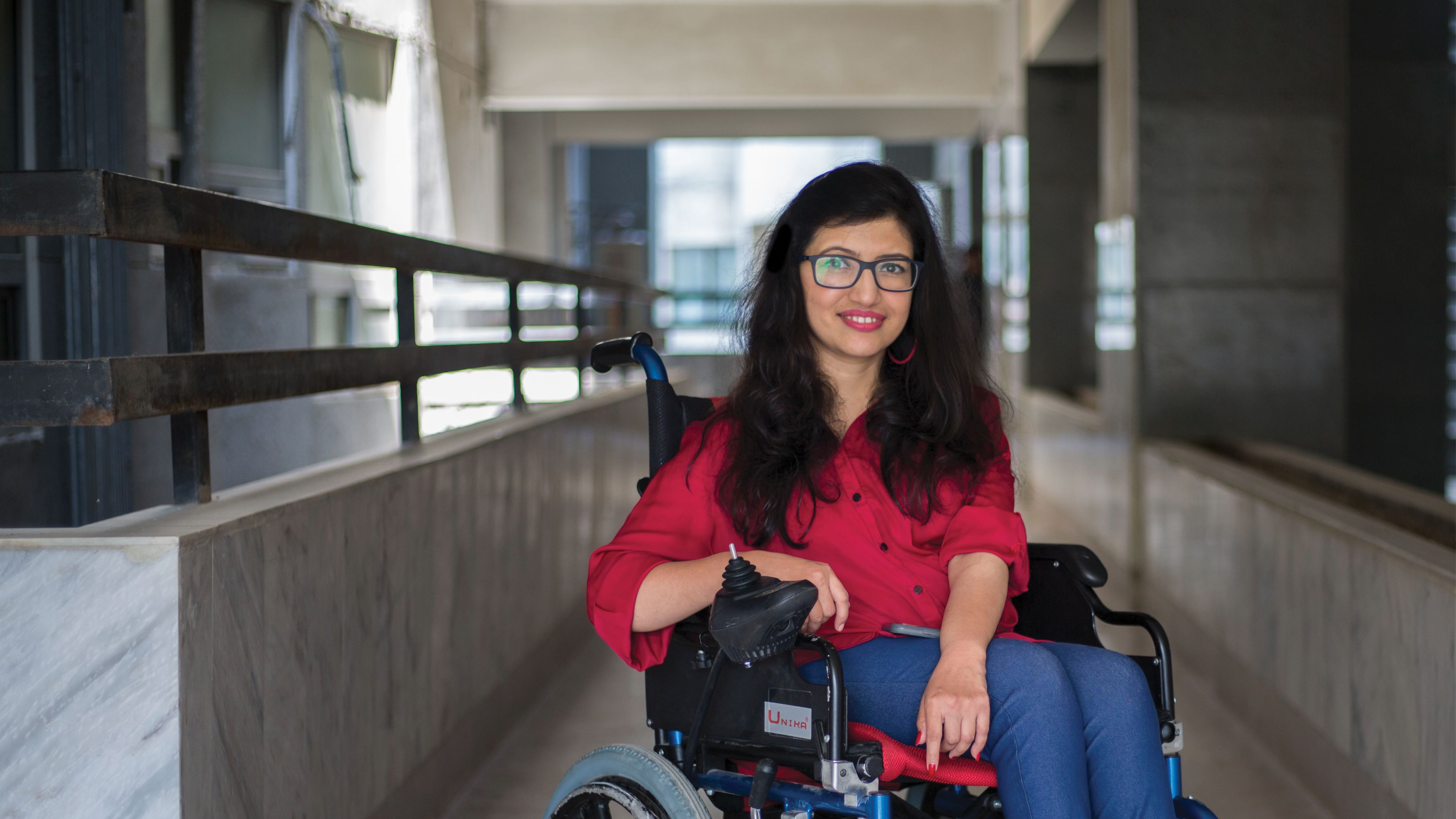
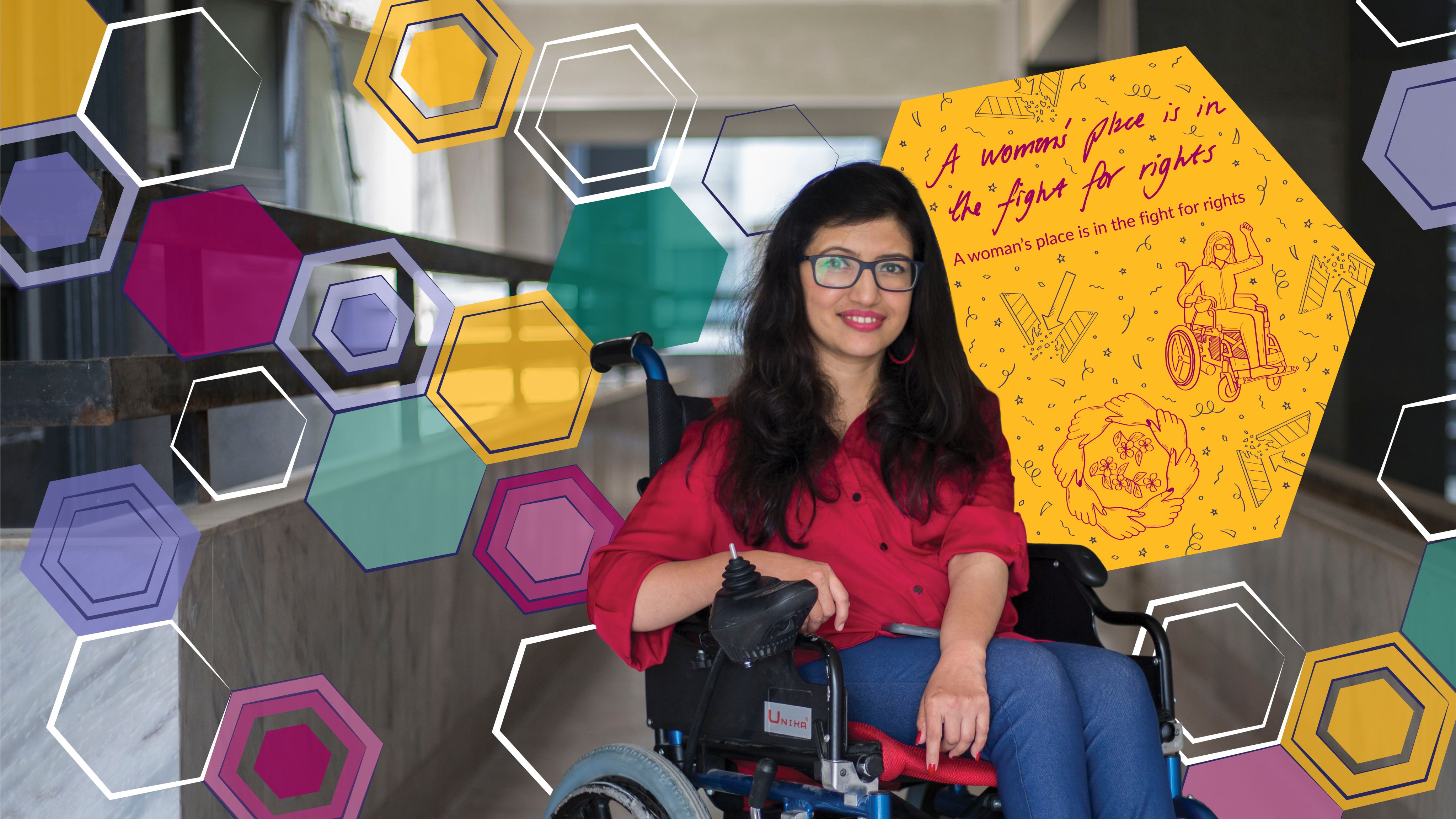
“A woman’s place is in the fight for rights”
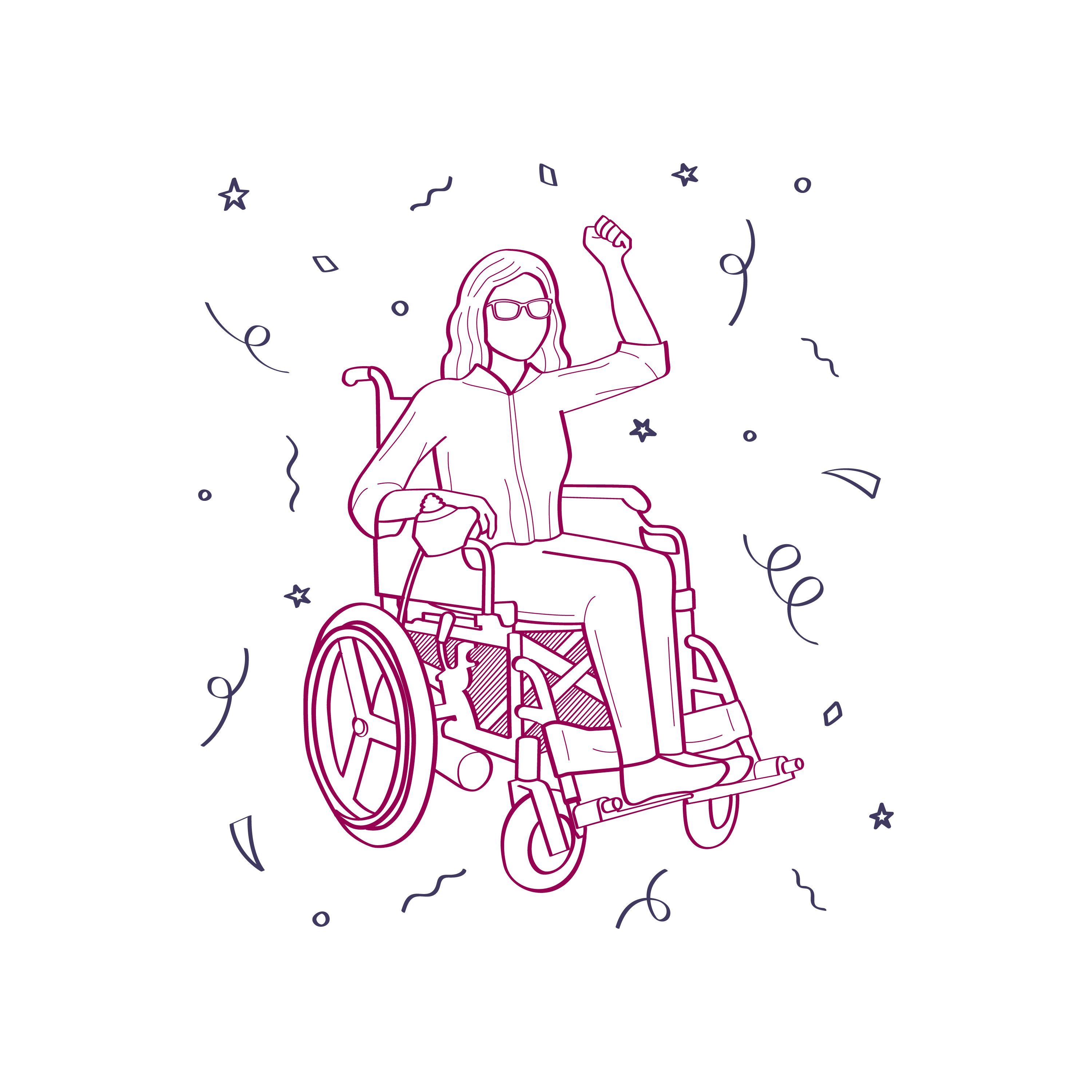
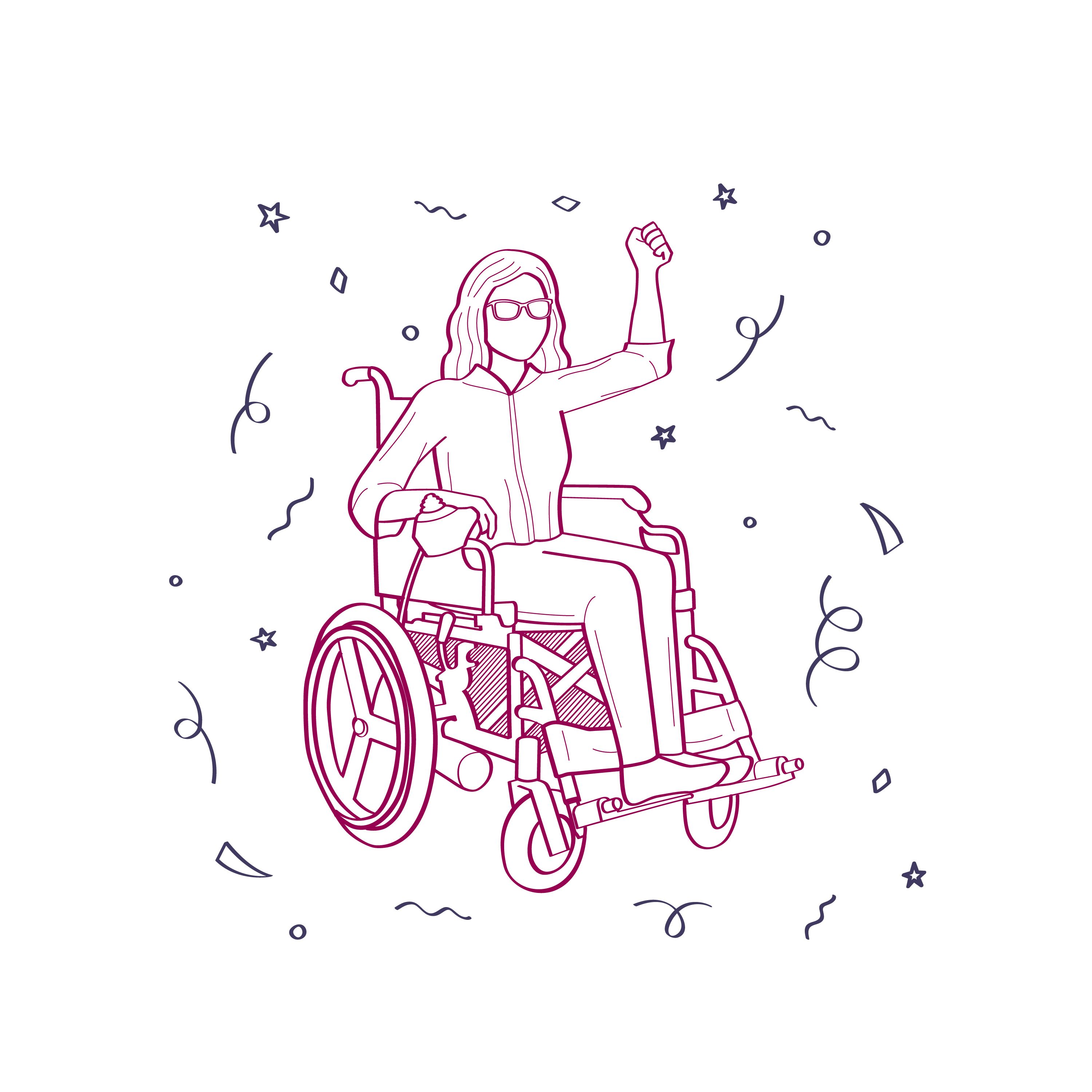

Abia’s story
The moment Abia starts to speak, her audience is captivated by her confidence and passion. Abia keeps herself extremely busy fighting for the rights of women and girls with disabilities, speaking at events around the world as well as working from her home in Pakistan.
She’s a leader or member of multiple international organisations, with roles including (deep breath): founder and chief executive of the National Forum of Woman with Disability, global chair for the Global Forum on the Leadership of Women and Girls with Disability, Chair of Asia Pacific Women with Disabilities United and board member of Sightsavers! One of her many skills is powerfully articulating both the inequalities faced by women and girls with disabilities, and the need for transformative change.
“Women with disabilities have problems getting basic access to health services, education, employment opportunities and even getting recognition as a woman. They also experience gender-based violence and sexual harassment as many as four times more often than women without disabilities.
“Women with disabilities can try to change the whole system. It won’t be possible in one day. Change will come but you have to do something to bring that visibility.
“In some countries we are seeing hope; we are seeing the leadership role of women and girls with disability and it’s really creating positive change.
“I don’t feel comfortable when people say, “You are an inspiration for us” because I feel like it’s not the case. I’m not doing it to inspire people, I’m doing it because it’s needed.”
To learn more about Abia watch her TEDX Talk: “I am a woman with a disability and I am proud of who I am"
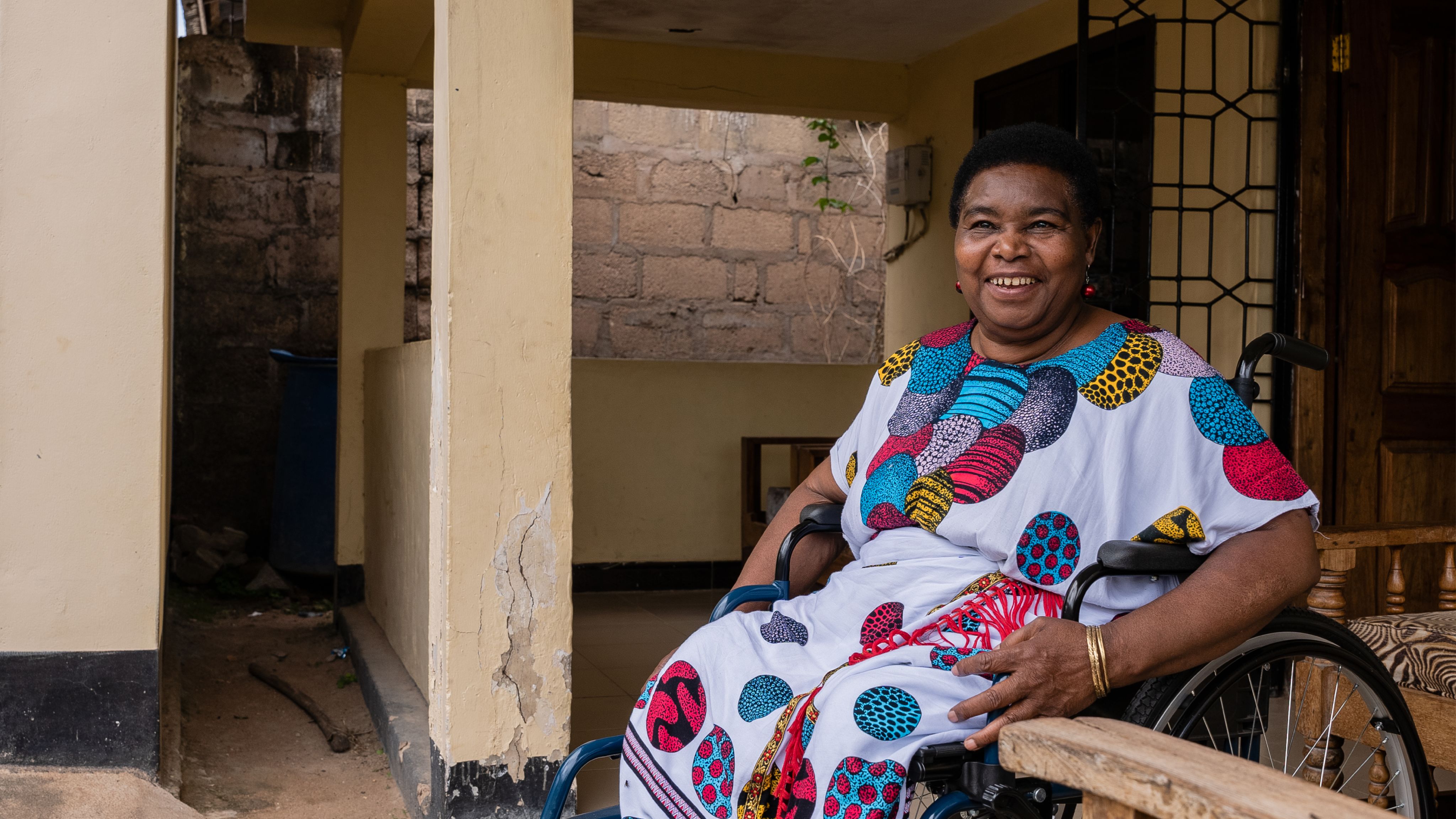
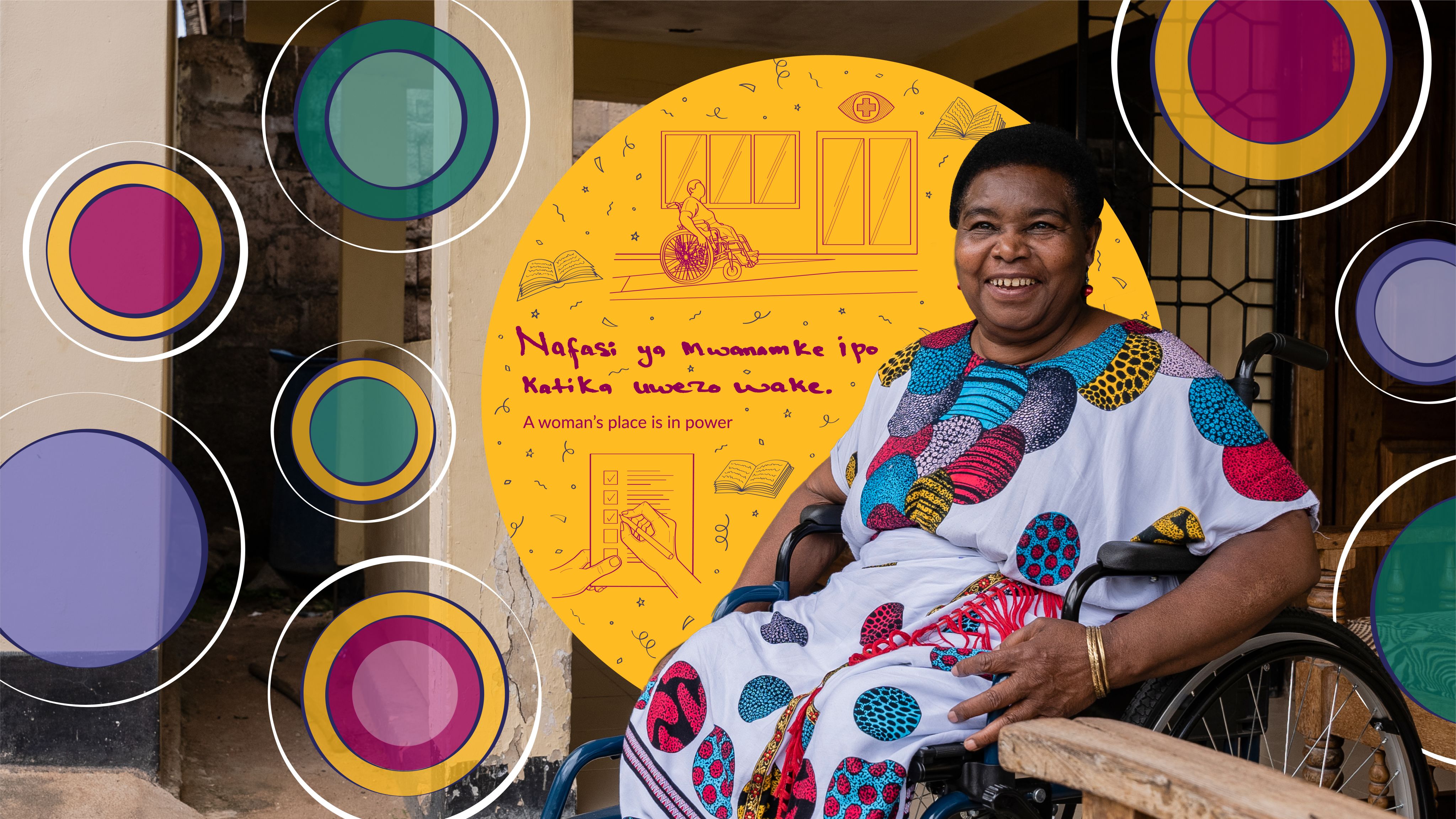
“A woman’s place is in power”
Sarah’s story
Sarah heads up multiple organisations of people with disabilities in Singada, Tanzania. Her role as a trusted local leader meant she played a vital role in Sightsavers’ inclusive eye health programme.
Sarah consulted members of the community, identifying barriers that stop people with disabilities and other marginalised groups accessing health care services and hospitals; as well as testing whether facilities were accessible and suggesting solutions to improve them. The eye health programme has so far provided more than 178,500 eye screenings and more than 17,900 cataract operations.
“Polio is what made me who I am. I have been working for disability organisations since they were established (in the late 1980s). In those days I was just a member but as time went on, I became a leader of the national executive committee.
“I participated [in the programme] specifically to talk about accessibility and outreach. I participated as a disabled mother to show: ‘Can I enter the building?’ These things are important. Eye health care is very important; everyone needs eye care.
“The project has helped a lot in solving the obstacles that exist in the health sector. Many of the leaders were shocked about the things they had to do. I can see that this has opened many people’s eyes. Structures and methods have come out of this project and it has been a great success.
“Women face numerous challenges, and without assistance and advocacy we cannot progress. I want to show other people with disabilities that they have the right to be sent to school, get employment and get representation.
Learn how Sarah helped make Sightsavers' eye health programme inclusive to people with disabilities.
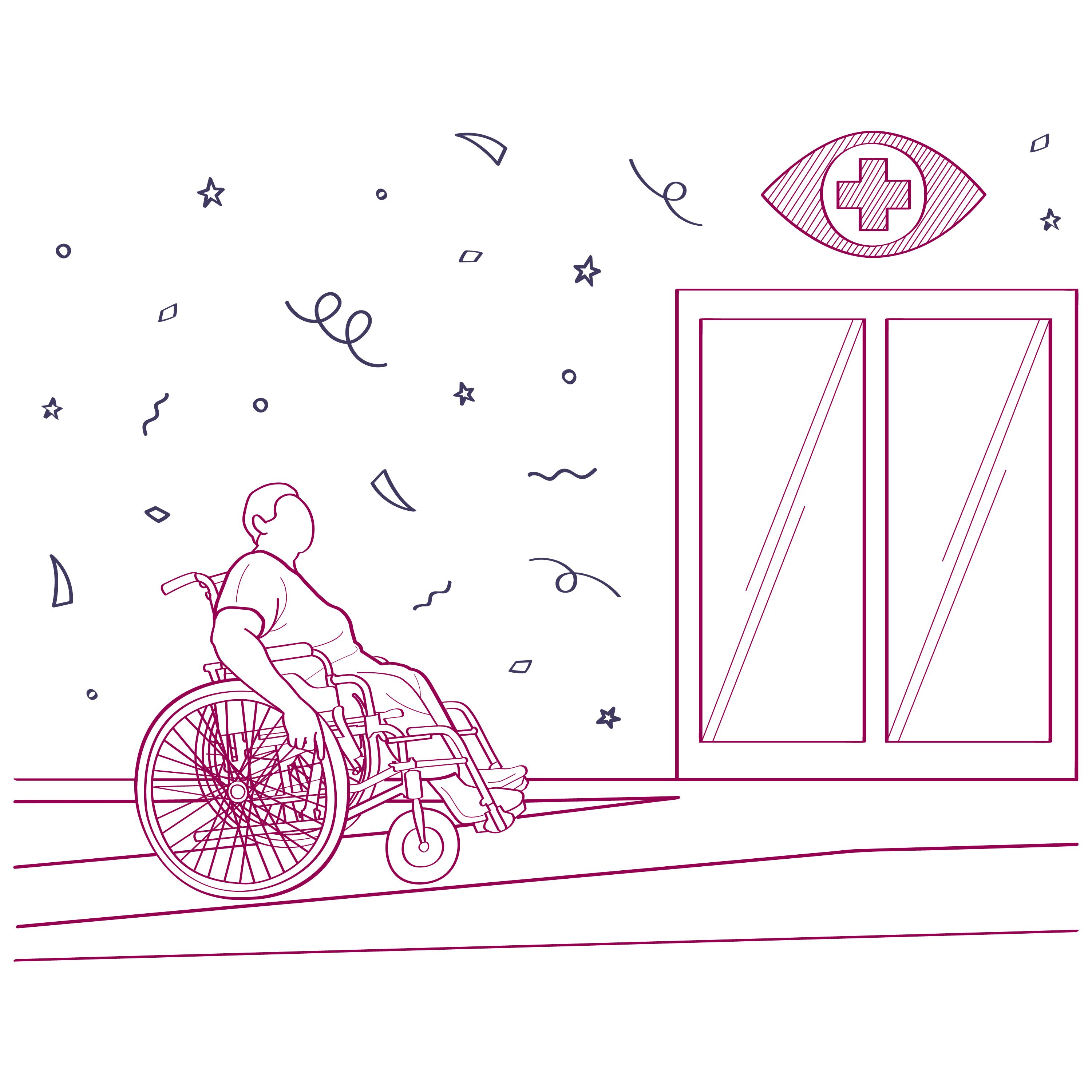
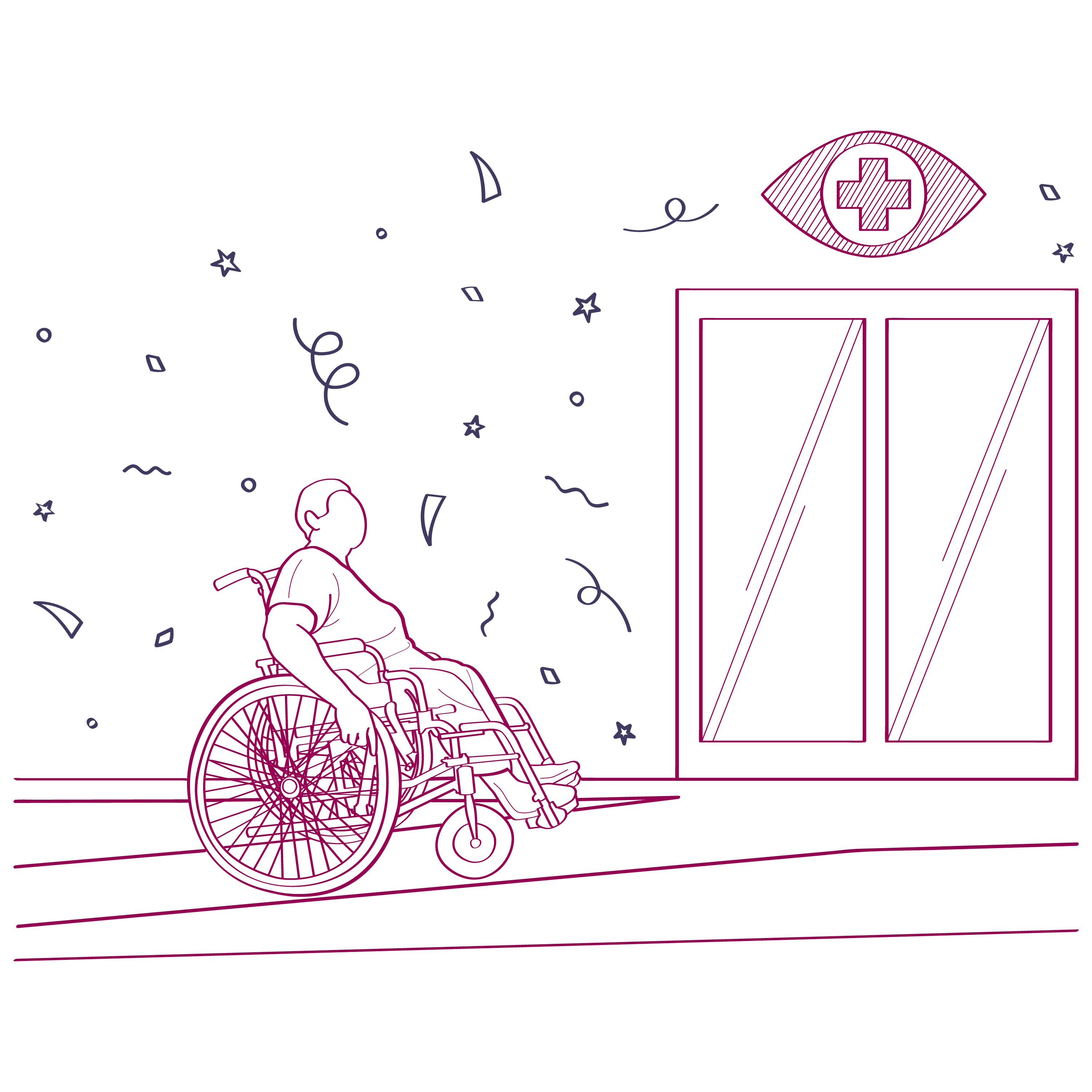

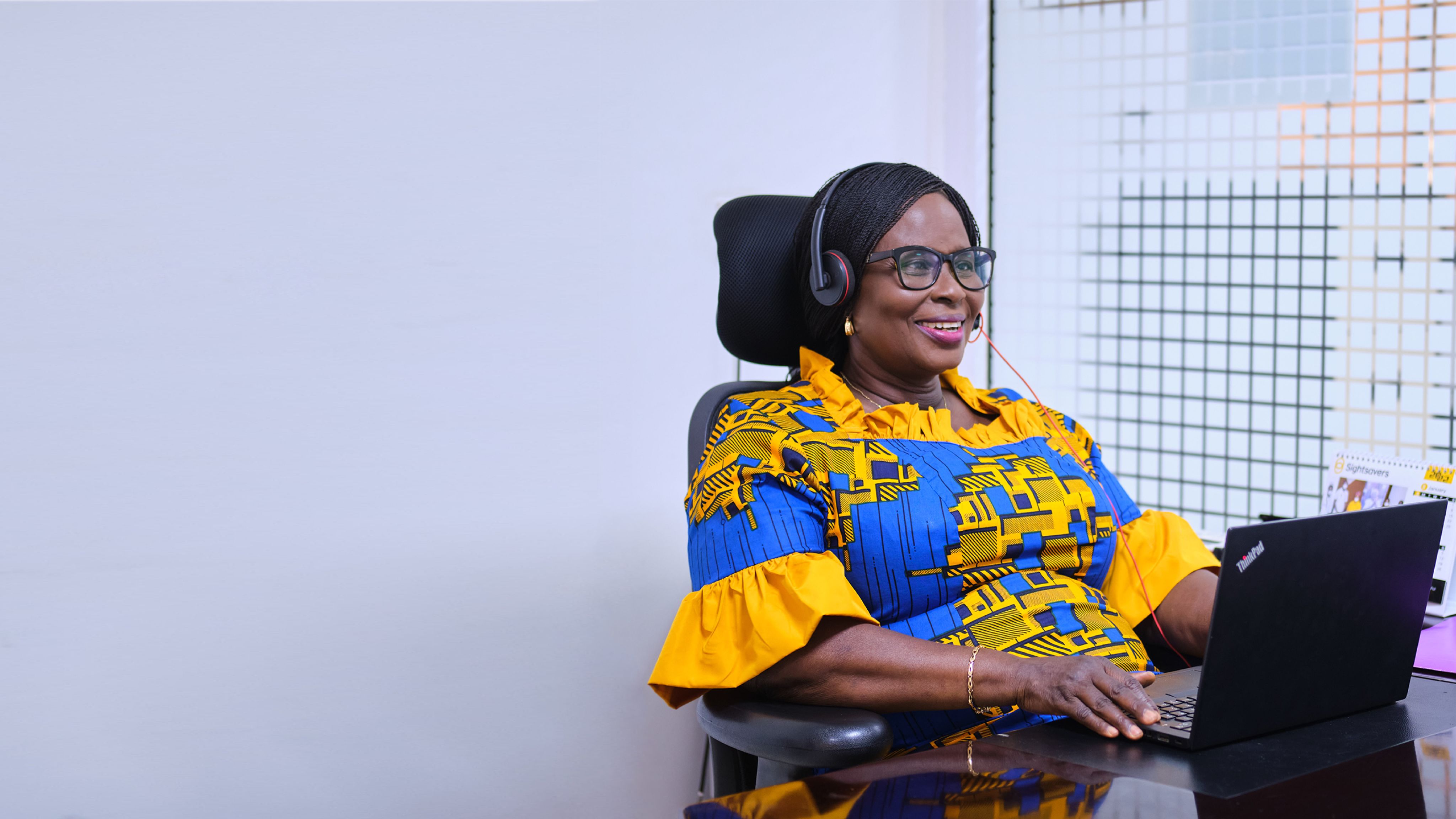
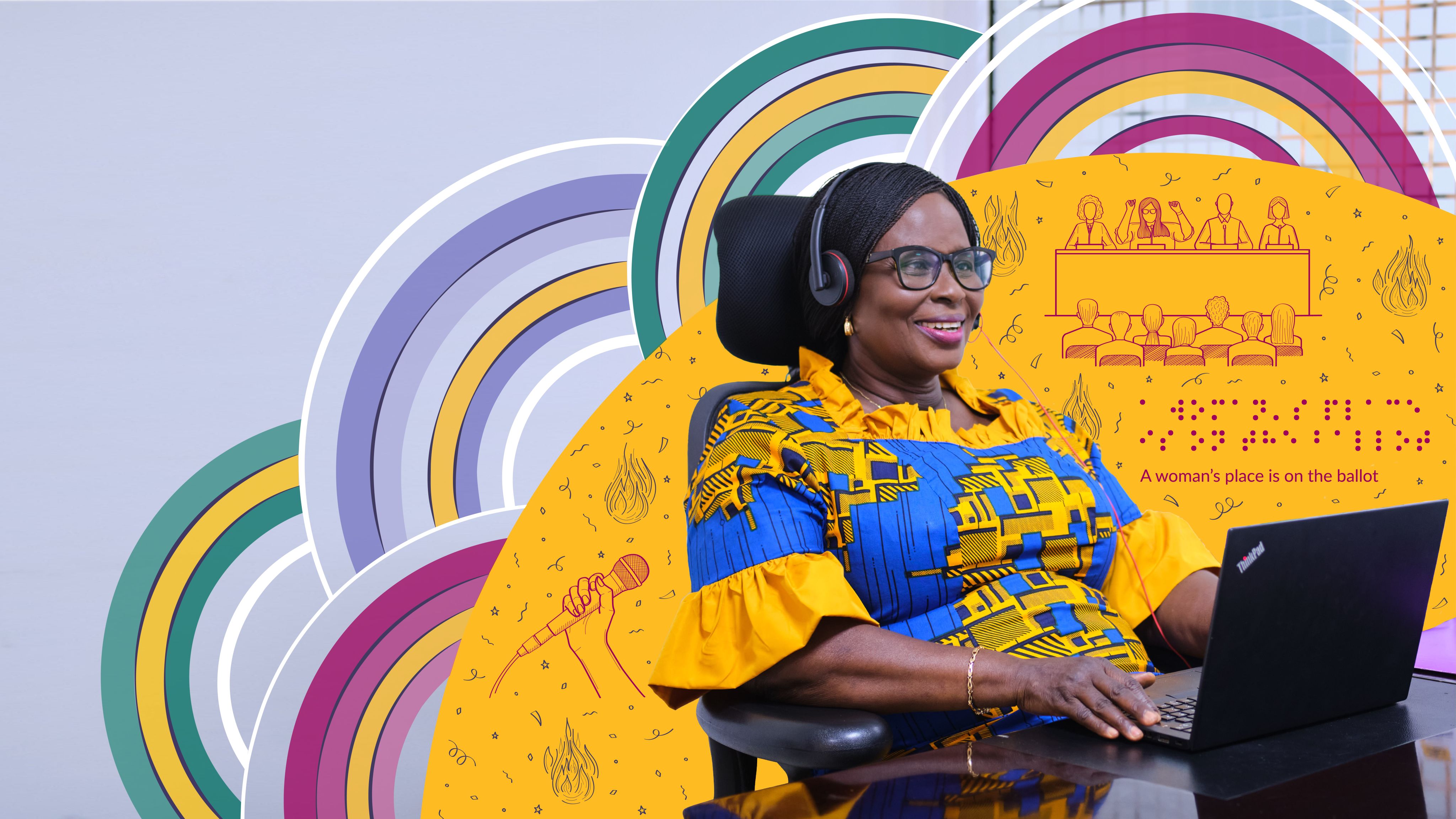
“A woman’s place is on the ballot”
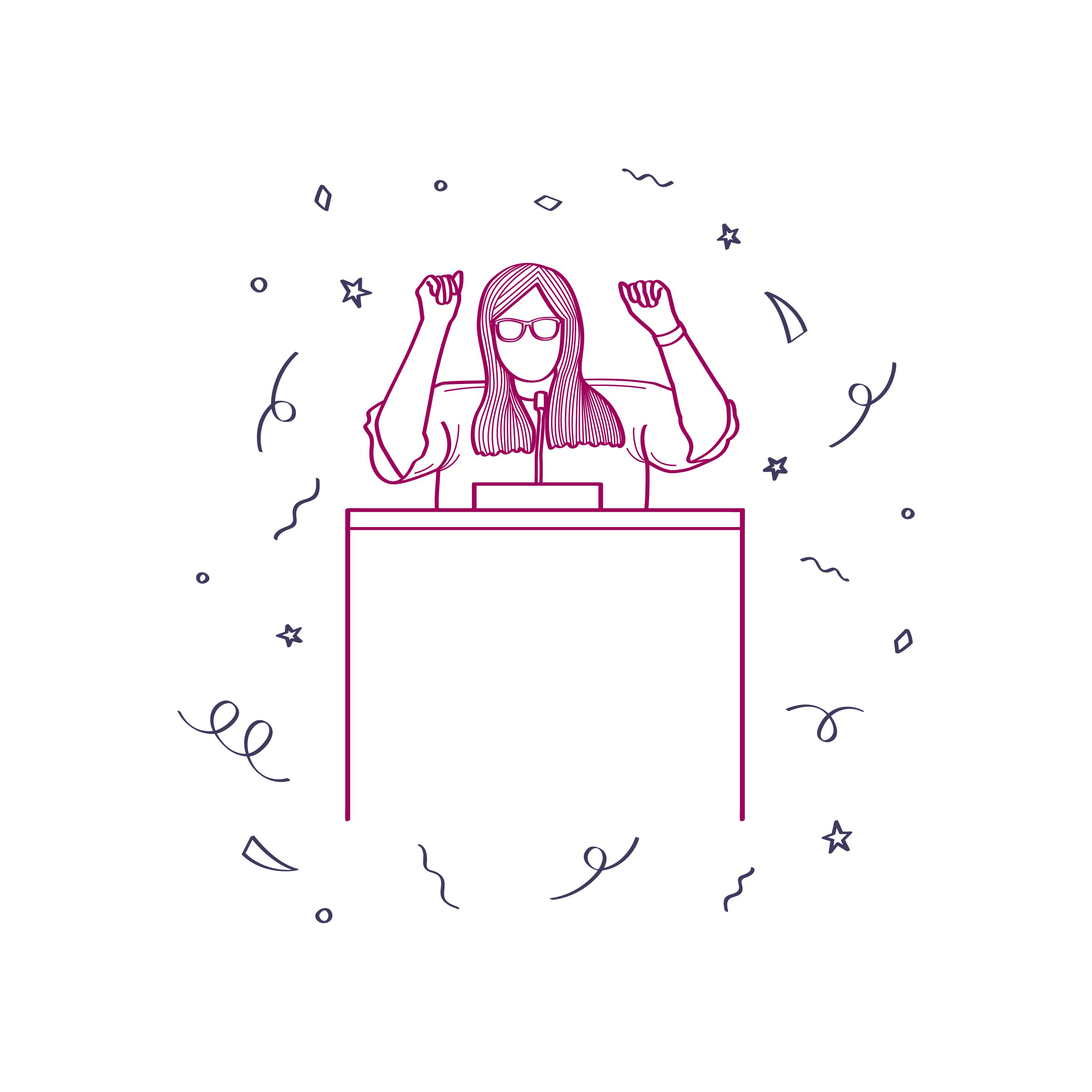
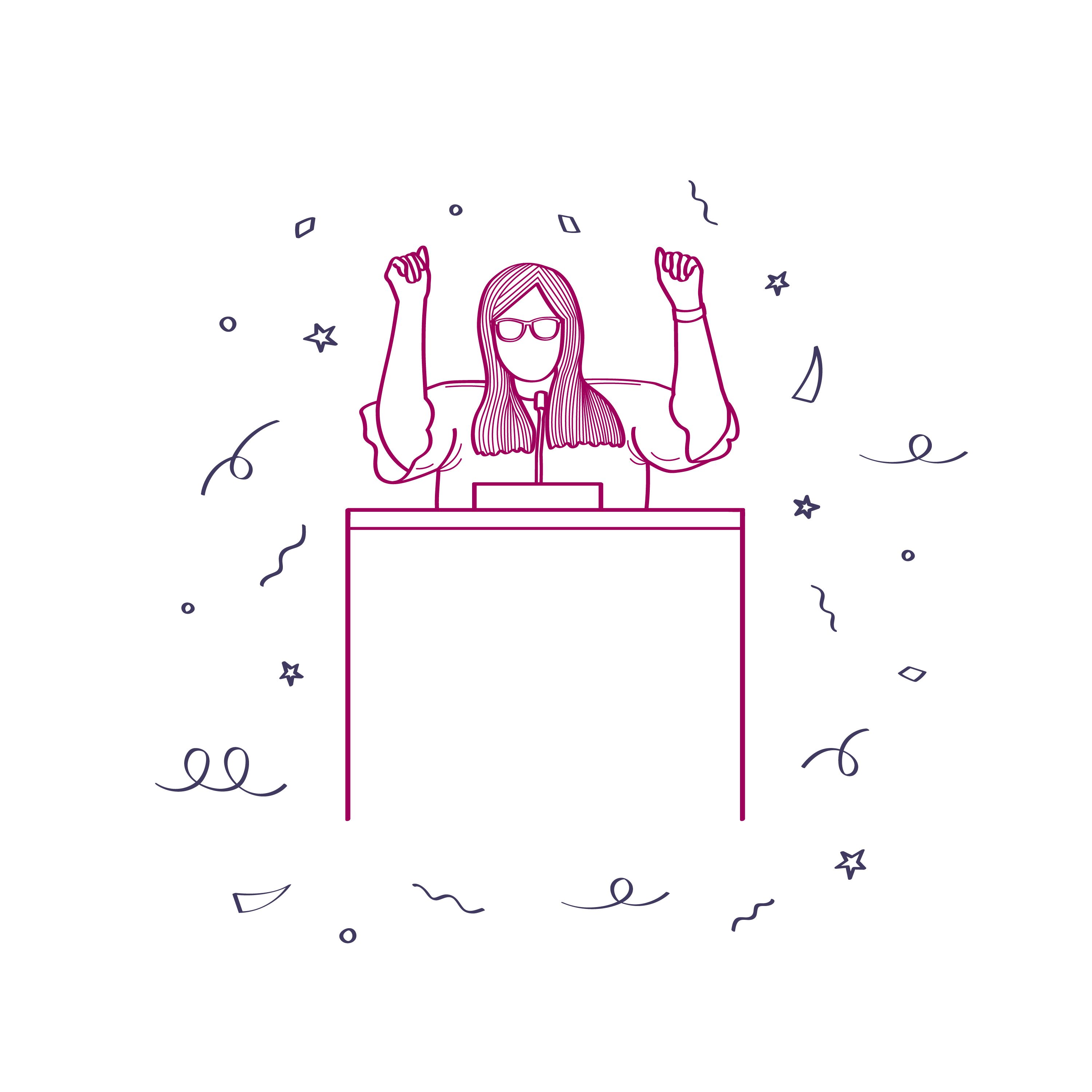

Gertrude’s story
Gertrude, or Getty as she’s known by friends and family, is a commanding and hugely respected figure within the disability rights movement. She’s been advocating for the rights of women and girls with disabilities since the 1970s.
Getty was recently elected chair of the UN committee that monitors implementation of the Convention on the Rights of Persons with Disabilities (she’s the first African woman to hold this position) and leads or is a member of countless other disability organisations. As if all this wasn’t enough to keep on top of, Getty’s also been part of the team at Sightsavers since 2006 and currently holds the position of global advocacy manager.
“I got interested in advocacy right away when I met somebody [Getty’s mentor, Grace] who had such an impact on my life, during a time when I was grappling with visual loss. Her presence gave me confidence.
“Once I met a blind woman in Nigeria, during a community-based rehabilitation project. In her opinion, I was too confident to be a blind person. And after some interaction, and some encouragement, and some jokes, I asked her why she wasn’t also cracking the groundnuts like the rest of her family, to earn an income. She said: ‘But I can’t see.’ And I laughed and said, ‘You don't need to see to crack groundnuts – give me some of the groundnuts!’ I started cracking. And the family members said, ‘Oh, are you really sure you can’t see?’ Before we left, the woman was cracking groundnuts and she was so happy. The next time the Sightsavers team visited, she wasn't only cracking groundnuts, but had moved into taking care of the children so the others could go to the farm.
“These days, the level of confidence is building among individuals, particularly women and girls, to first of all accept that they have a disability, but to see that it doesn't make them less of a person. The information they have about their rights and their responsibilities is impressive. With this knowledge they are now able to be part of discussions. They're able to protect themselves from violence and abuses, or have confidence to talk about violence if they experience it, which previously they wouldn't be allowed to, or might not be willing to.
"The sky is the limit. Though there are some barriers in the way, they are always surmountable. I tell women and girls to talk to others, look for your light and let your inner self be confident. With a bit of listening, learning and engaging you will overcome. You go beyond what you see.”
Read more about Gertrude’s work on disability inclusion in her blog about the Feminist Accessibility Protocol
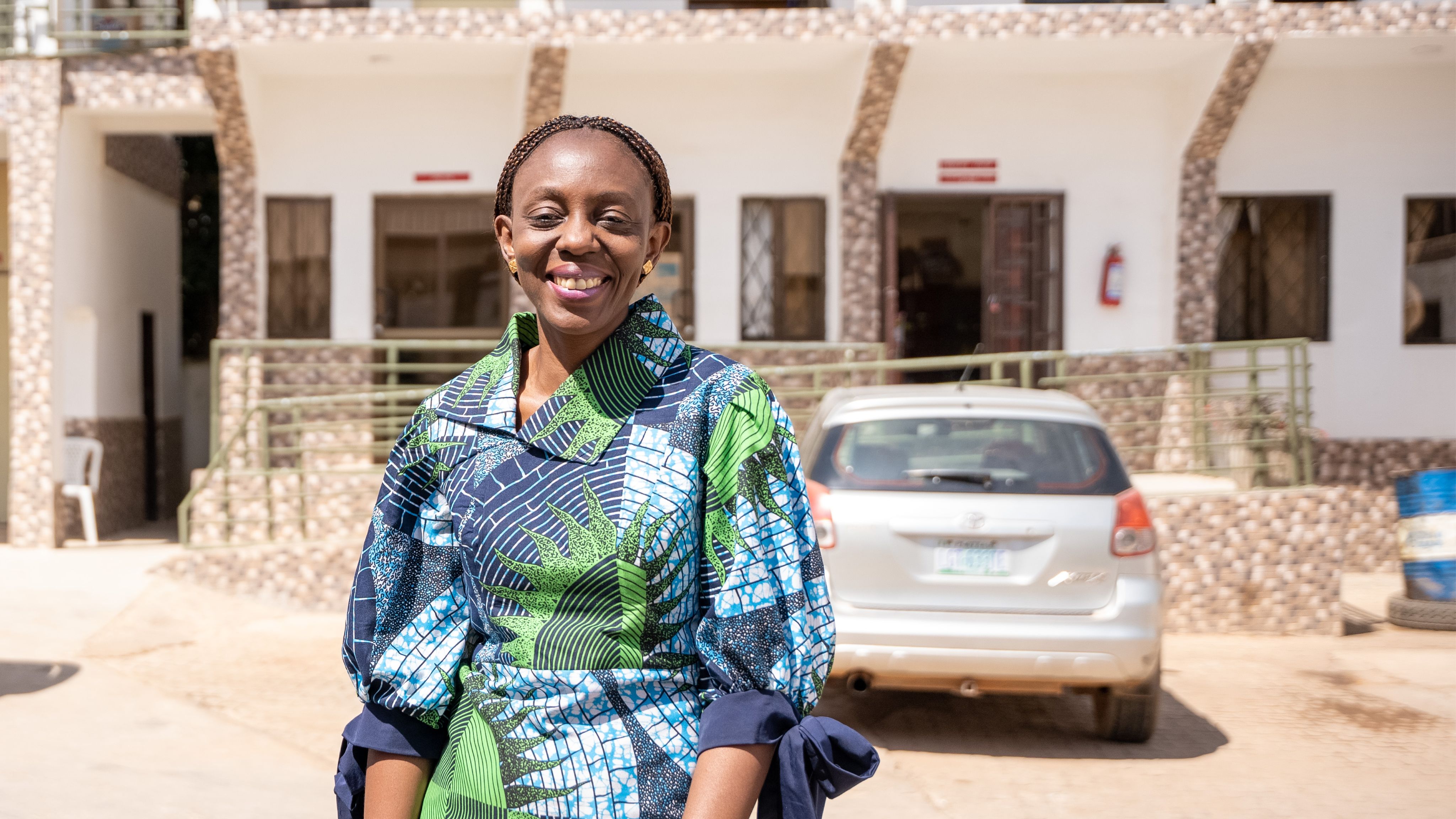
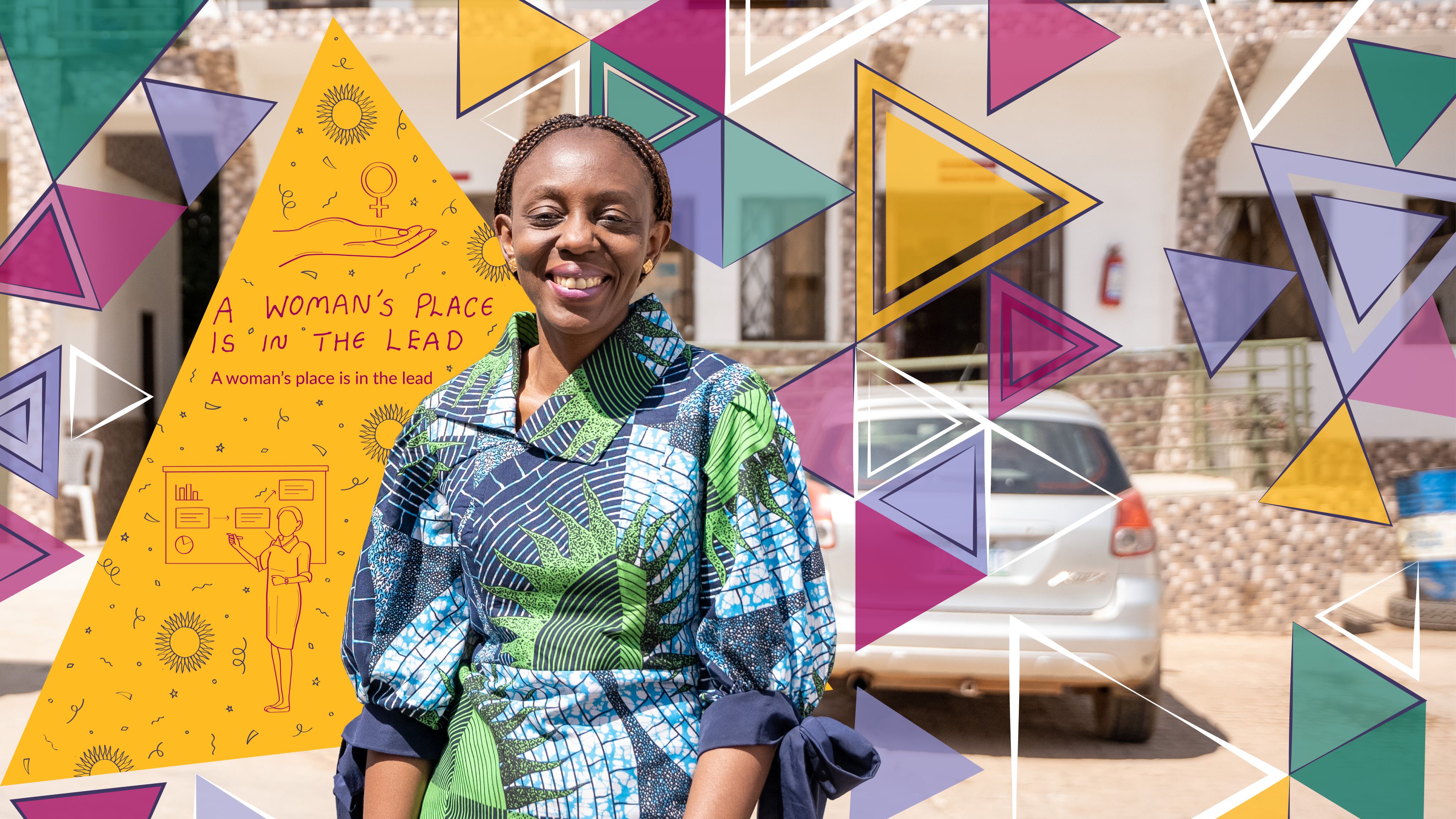
“A woman’s place is in the lead”
Joy’s story
Joy is Sightsavers’ director of programme operations in Nigeria and provides oversight for all of Sightsavers’ programmes across the country.
Through her work, she challenges the cultural, political, and social barriers that enable the transmission of neglected tropical diseases (NTDs). She also collaborates with other organisations and governments, and helps lead the Accelerate programme in Nigeria, to work towards the elimination of these diseases as public health problems.
“Sightsavers in Nigeria is very deliberate in the inclusion of women and girls with disabilities in all our programmes. We include organisations of people with disabilities in planning meetings so they can give us ideas on how best we can reach people with our NTD interventions. And, where possible, we recruit people with disabilities as community volunteers so that they also are involved in the implementation process.
“In Nigeria’s eye health portfolio, and across many programmes in the countries where we work, we set our targets and ensure that we’re reaching out to more women than men because, generally speaking, men are much more empowered to seek health care for themselves than women.
“Eye health is crucial because there are lots of avoidable causes of blindness. If you’re able to prevent blindness in a woman, you know that woman has a lot of roles that she plays so it’s not just one person who is positively impacted, but the family and the community. That has a positive ripple effect.
“We’re helping to break barriers and challenging the stereotypes that exist, and we’re hoping that together we can work with others to see a world where nobody gets discriminated against because of their gender or disability.”
“One thing that inspires me towards fighting for persons with disability is that, generally speaking, society does not give them a chance … And I have seen how a woman or a person with a disability, who is empowered can make a remarkable difference by contributing positively and not only for themselves but also to their families, the community and society as a whole.”
Learn more about how Joy is leading Sightsavers’ programmes across Nigeria
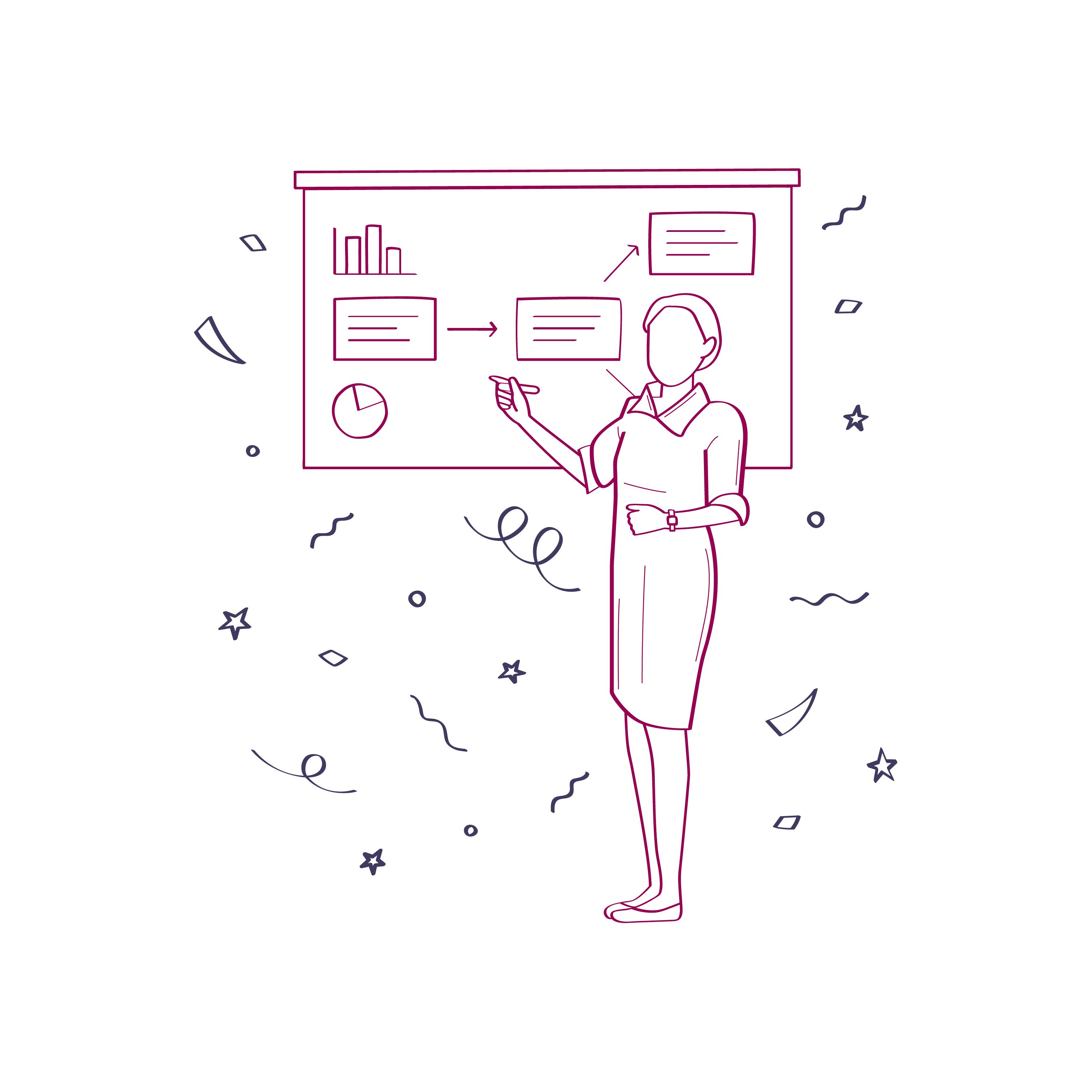
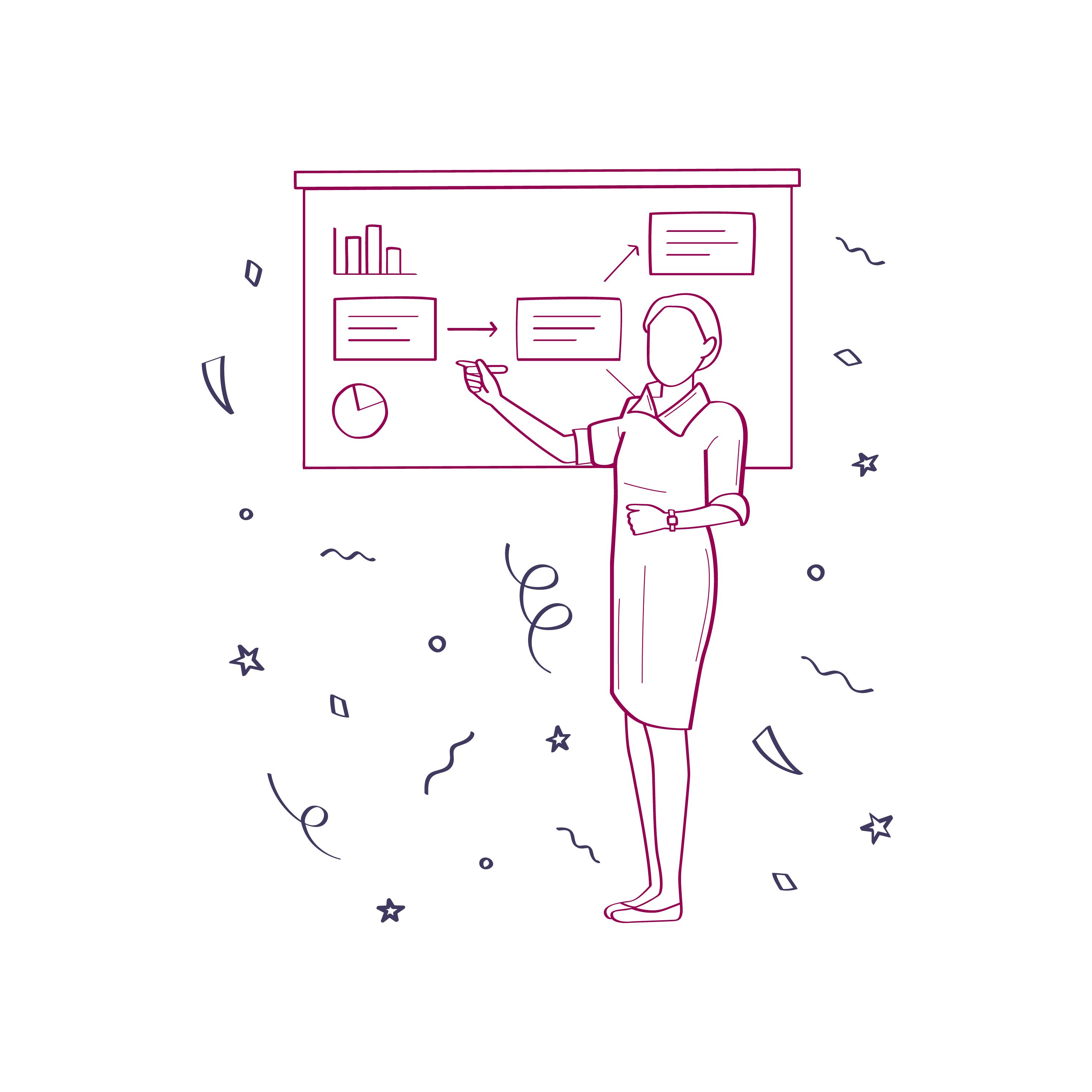

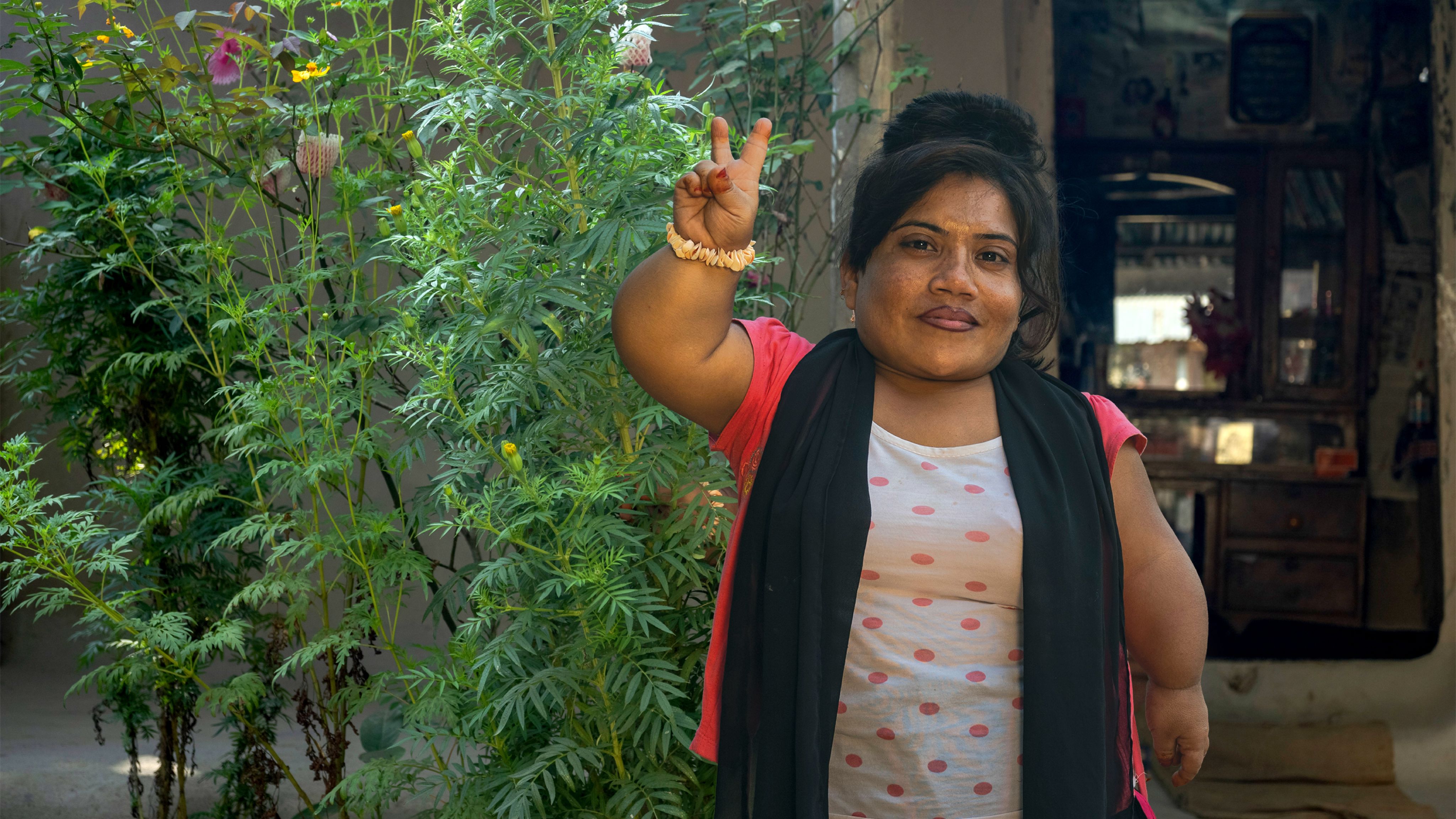
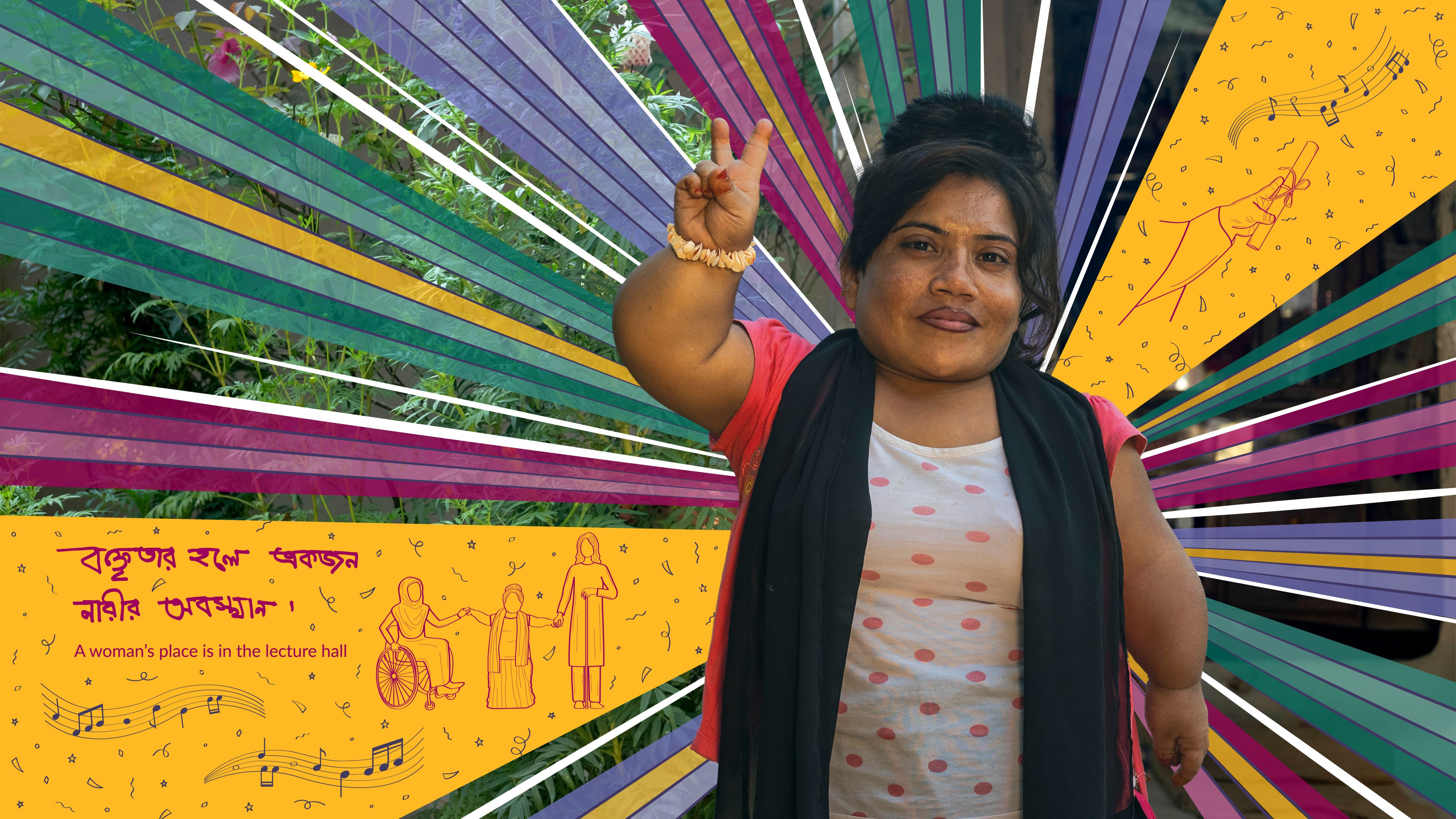
“A woman’s place is in the lecture hall”
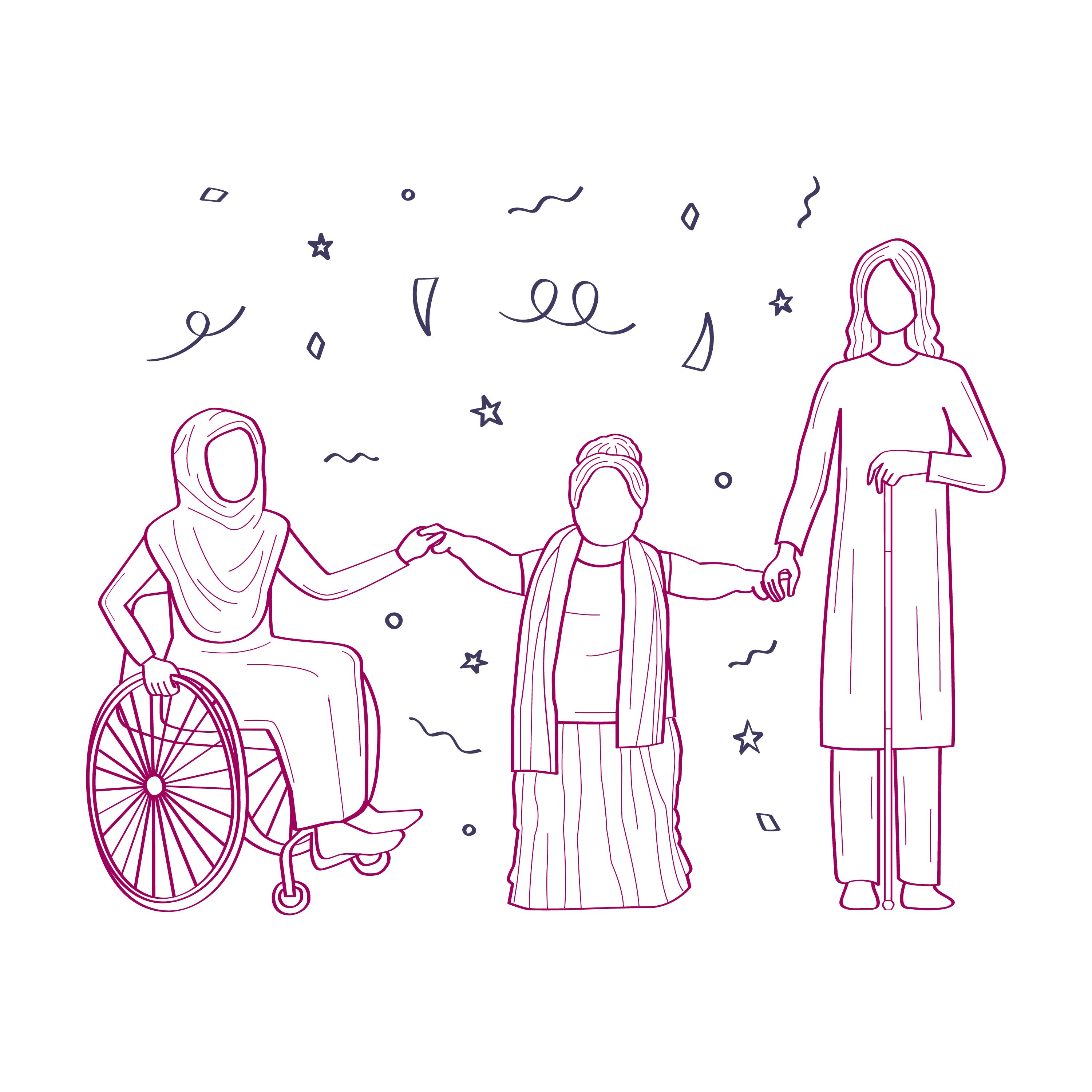
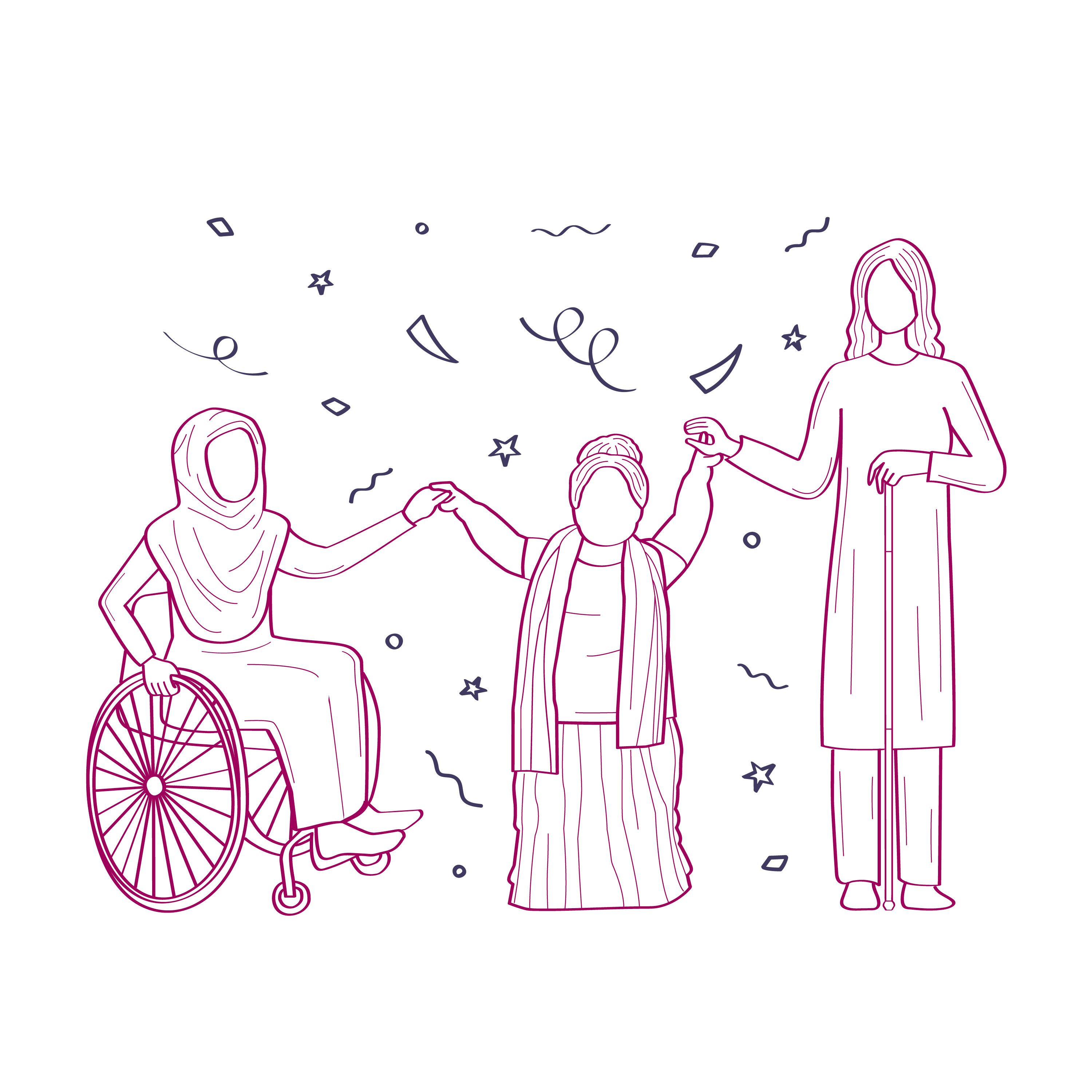

Reya’s story
Reya is a university student working towards a masters in Bengali at the National University of Bangladesh. When she’s not busy studying or advocating for the rights of women with disabilities Reya enjoys dancing and singing.
“I am continuing my education so that people know me. I thought if I sit idle, no one will respect me and if I don’t get educated, no one will value me. I had to be brave and I overcame all the obstacles and went forward.
“When I go out on the street, people laugh at me an bully me. People often call me names as well. When I get on public transportation, if I request the driver to allow me to board me they mock me and tell me that I am ‘a short-bodied disabled girl’ and they cannot board me on their transportation. It makes me sad.
“My parents have given me support through every step. My family is my every encouragement and my mother is a great inspiration for my studying, dancing and singing.
“I have faced many problems but I thought of only one thing: if I stop because I’m disabled I could never rise up in the future and I didn’t want to stop. I feel proud, as I overcame the obstacles so that I become a self-reliant woman.
“Bangladesh has not fully ensured the rights of people with disabilities yet. A lot of work needs to be done. I want every person with a disability to enjoy his/her rights. I urge the government to ensure the rights of people with disabilities."
Watch Reya featured in Sightsavers’ video, ‘Can you see what’s holding me back?’